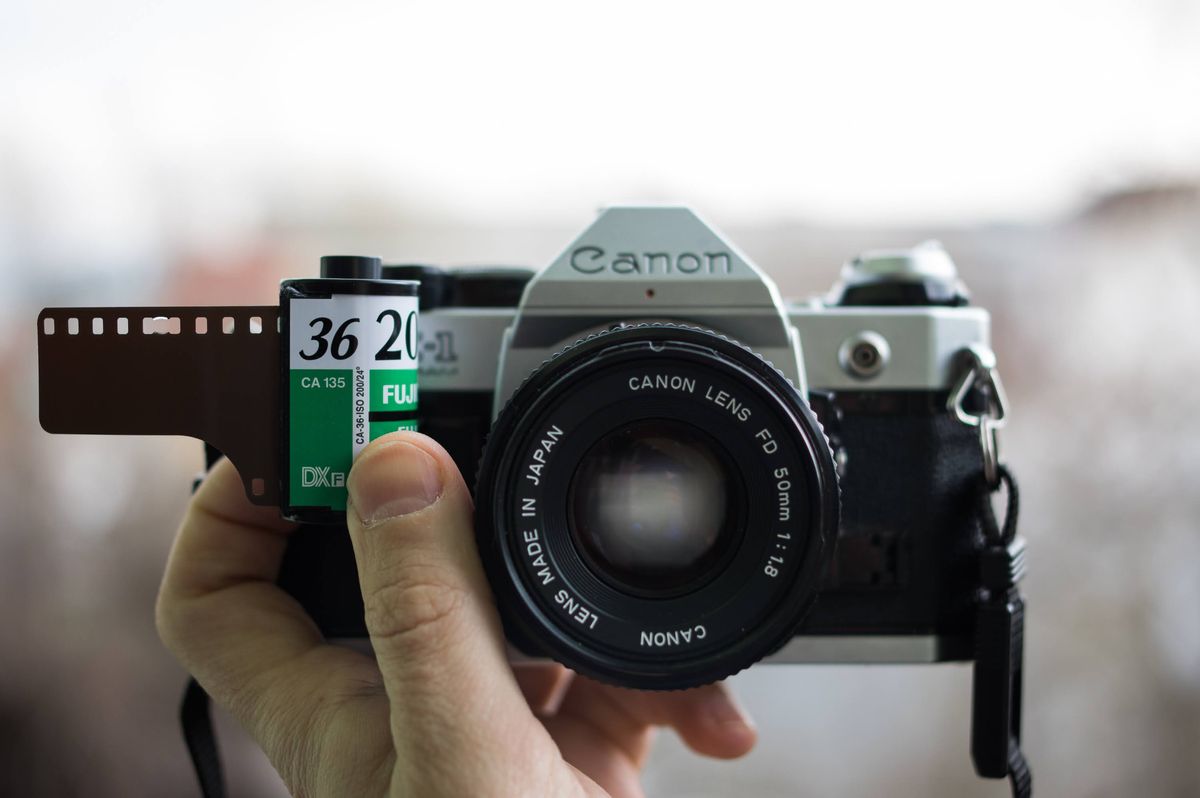Mastering Sunny 16 to Maximize Your Film Camera
There are several elements involved in mastering sunny 16, and they include the following: Aperture, Shutter Speed, ISO

Photography may be overwhelmingly digital nowadays, but the influence of film remains palpable to this day. From photo app filters that emulate the look of film negatives to new digital cameras designed to look like vintage ones, film continues to affect how we perceive the aesthetics of photography in general. At its core, a film camera is not much different from a digital one. But instead of overwhelming you with user-friendly features, it brings you back to the basics. It’s a great teaching tool because it shows you all the fundamental elements of photography without the aid of new technology.
What is Sunny 16?
The sunny 16 rule refers to a method that allows photographers to estimate the correct exposures without the use of a light meter. The basic rule is that on sunny days, the camera’s aperture should be set to f/16. Then the corresponding shutter speed and film speed and light sensitivity (ISO) are set to match the aperture.
This rule allows photographers to sharpen their skills in understanding exposure. Since you are not dependent on an automatic light meter, you’re forced to understand how to manually set your camera according to lighting. Apart from the independence from a light meter, the sunny 16 rule can also help achieve the correct exposure of difficult subjects, such as those that are backlit or in lowlight conditions.
There are several elements involved in mastering sunny 16, and they include the following:
Aperture
The aperture is the opening in your lens through which light passes to enter the camera. Just like an eye’s iris works to control how much light goes into the pupil, a camera’s aperture will also enlarge or shrink to allow more or less light to come into contact with the film or sensor. It is this aspect of photography that is used most in the sunny 16 method.
Bright days will require an aperture of f/16, meaning little light is allowed into the camera since there is so much of it in the environment already. Sunny days with some cloud cover will need an aperture of f/11, while overcast and shady days will need f/8 and f/5.6 respectively. Anything darker than that will require f/4 and below, usually with prime lenses that have fixed focal lengths and apertures of f/2.8, f/2, and f/1.4.
Shutter Speed
A camera’s shutter is the curtain that stays closed until you expose the film or sensor to light by taking a photo. Shutter speed is the length of time that the camera shutter stays open, which will affect your exposures since it will determine how much light exposure the sensor and film get. High shutter speeds are great under conditions with plenty of light and capture fast-moving images. Slower shutter speeds are better for portraits and lowlight conditions.
When learning how to master shutter speed, it is much easier to see the image comparisons by using digital cameras with LCD screens. Practice shooting with a DSLR camera with different shutter speeds under various lighting conditions to see how it affects your exposure. You can also experiment with different apertures and even change your ISO to get a better idea of how shutter speed and light sensitivity work together. DSLRs give you the freedom to shoot in a high quality or raw format without wasting film in case you make a mistake. It can help sharpen your skills before you transition over into film cameras and rely on the sunny 16 rule alone.
ISO
ISO refers to a film’s sensitivity or ability to gather light. The higher the ISO rating, the more able a film can capture details even in low light conditions. For film, higher-rated stocks were referred to as “fast” films because they only needed short exposure times. In digital photography, ISO refers to the signal gain of the camera’s sensor. Like aperture, choosing the ISO required for your shot will depend entirely on the lighting conditions if you’re shooting digital. The same principle applies in film, but the main difference is you cannot change your ISO once you start shooting. However, you can still manipulate your ISO in film with other settings. In general, higher ISO is used in low light conditions while lower ISO is best for situations with plenty of light. Keep that in mind when practicing sunny 16 and fixing your other settings.
